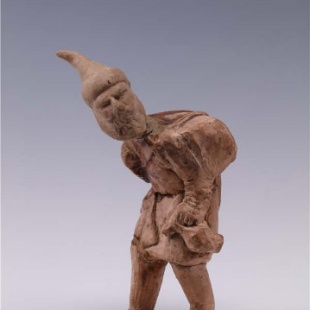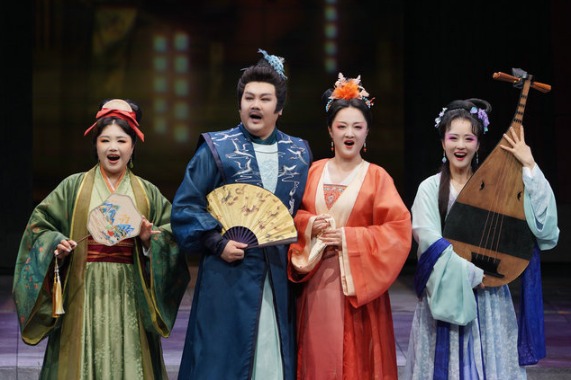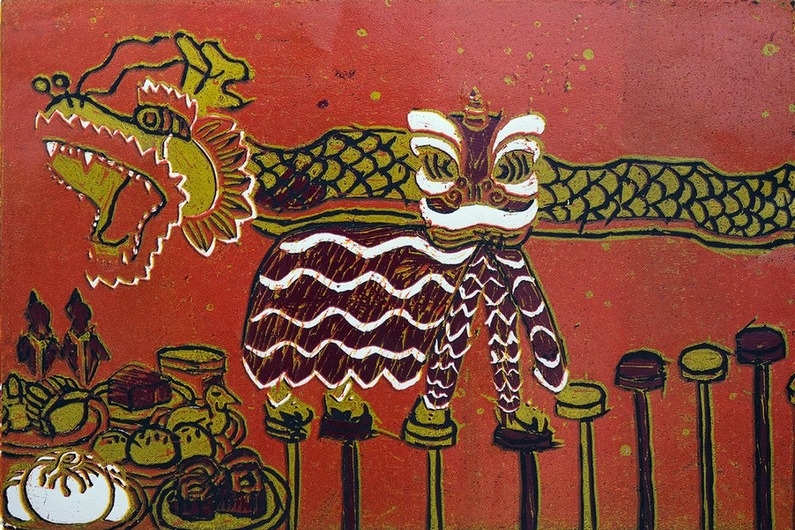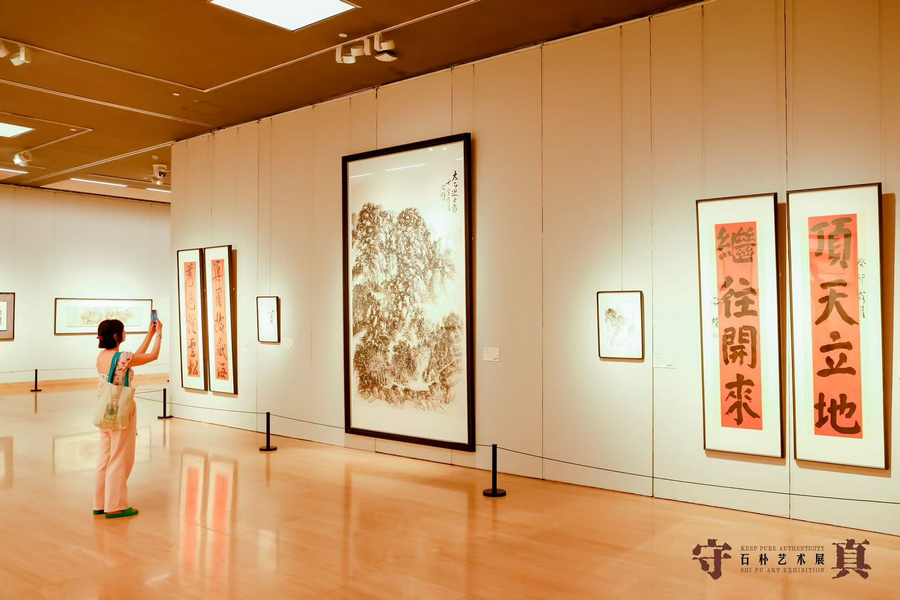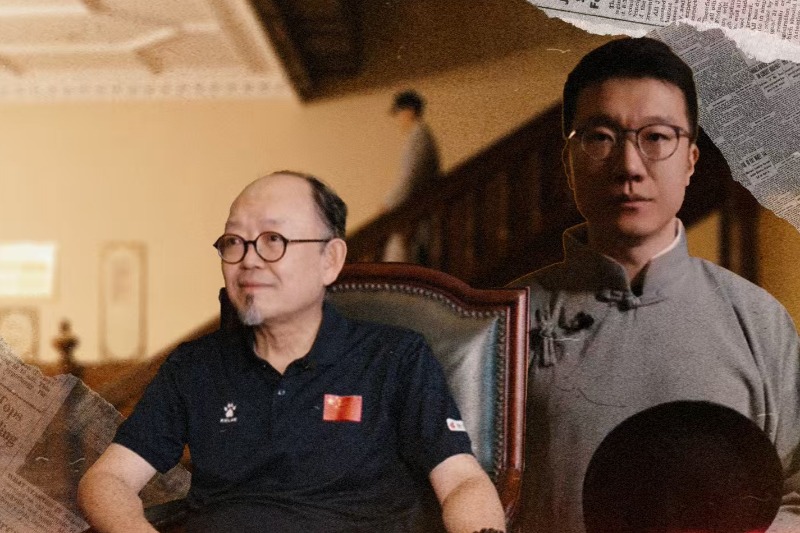Love and loathing from the footnotes of history

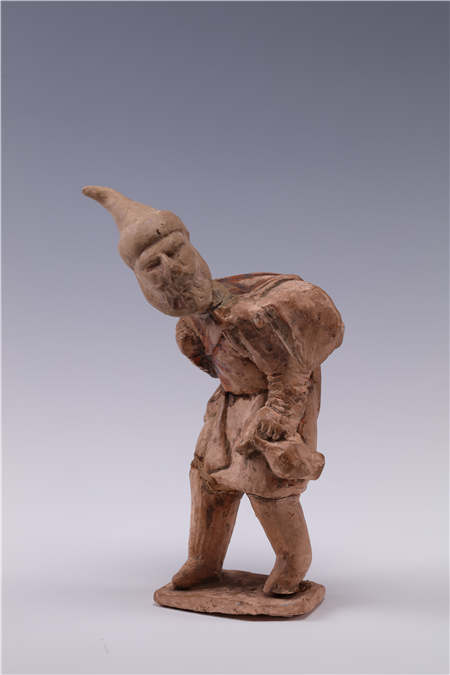
Given that the Sogdians were first and foremost businessmen, this assessment may not be entirely groundless. However, local Chinese also found the Sogdian practice of consanguineous marriage deeply disturbing, Sun says. (It is true that until the early 20th century it was perfectly normal for a Chinese to marry his or her cousin. But if the writings between the sixth and the eighth centuries are to be believed, it was acceptable for a Sogdian to marry his blood sister or even mother.)
Adding to this were the Sogdians' unconventional funerary traditions, which involved having the remains of the dead eaten by dogs. (Similar practices can be found in what is known as the "sky burial" of the Tibetans, whereby a human corpse is placed on a mountaintop to decompose or to be eaten by scavenging animals, mostly carrion birds. But if there is any concrete connection between the two it has yet to be established.)
Consequently, although during the Tang era, especially its first half, the Sogdians had a prominent place in the life of the local Chinese, marriages between the two people were rare.
Personal sphere aside, this tinted view did little to prevent the Sogdians making inroads into almost all other aspects of Chinese society, thanks in equal part to their great adaptability and the many skills they had acquired by tradition or by learning.
One of these was what seemed to be their natural prowess in dance and music, which largely explains the popularity of Sogdian servants among the wealthy elite of Tang. (Some of them were men of magic, as a pottery figurine unearthed in Gansu province, northwestern China, clearly indicates. With both hands hidden behind his back, the man, whose high-bridged nose and thick beard revealed him as a Sogdian, was in the middle of playing finger tricks.)
Images of Sogdian musicians and dancers, rendered mostly as pottery figurines or on murals, abound in Tang Dynasty tombs, testifying to a willingness of the local Chinese to be entertained by the same people in their afterlife.
Some were also chiseled onto the gilt surface of various metal wares that bore the unmistakable influences from West Asia, influences brought by the Sogdians themselves and representing a more profound aspect of Silk Road exchanges.
In other cases the likeness of a Sogdian served unlikely functions, in a rather amusing way, for example as a pottery granary stopper or a box lid.
Rong Xinjiang, a professor of history at Peking University, says many Sogdian men served as metalsmiths in the imperial workshops of Tang. But rather sadly, very little of their craftsmanship was later passed down to their Chinese counterparts, a fact that some historians believe was partly due to Chinese society's deeply entrenched bias against artisans. They were viewed as lesser mortals compared with the literati. So there was little effort in Chinese history to record and preserve what they were doing.
Between the fourth and 10th centuries the Sogdian dominance of the Silk Road in effect turned their Eastern Iranian language into a lingua franca of Asian trade. On the other hand, their role as middlemen had given them a unique linguistic edge from a relatively young age; most Sogdian merchants were proficient in more than one tongue.
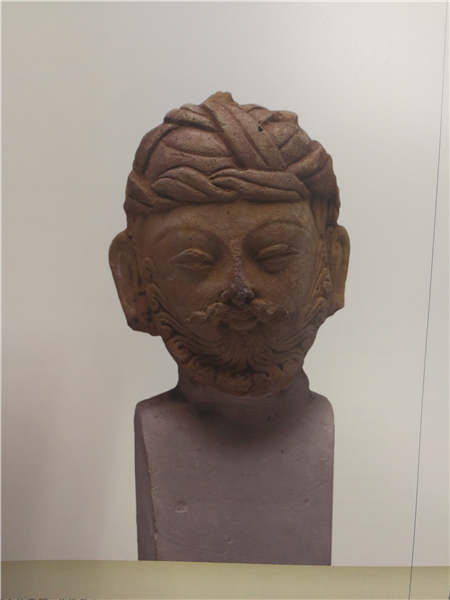
As a result, many well-educated members of the group were recruited by the Tang court as official interpreters. There were also others who converted to Buddhism and were active in translating religious scriptures.
"In retrospect, this latter engagement spared the ancient Sogdian language - at least its written form - the fate of total extinction," Rong says. "By comparing the original scripture with the Sogdian translation, historians have been able to decipher a large part of the archaic tongue."
One place where these precious documents used to be housed, Rong says, is in the Dunhuang Grottoes in northwestern China, whose 500 or so caves are treasure troves of Buddhist art. The Sogdian translations have been found in one particular cave, where the dry desert climate combined with a lack of oxygen have contributed to their remaining relatively intact.
"In fact the Sogdians played a major role in religious transmission along the Silk Road, a role often overlooked," Rong says. "They helped to bring to China the Buddhist religion, which reached its height during the Tang time, and in this process themselves converted, from their original belief of Zoroastrianism."
Archaeological discoveries provide evidence for the conversion. Unearthed in the Buddhist shrine in Xinjiang, northwestern China, is a clay head sculpture of a Sogdian gongyangren, or donor. Bearing in mind the wealth they accumulated in trade, it is not surprising that some of that wealth was offered up to temples of worship.
Another example involves a gilt bronze rendition of a Sogdian performer, leaping and twirling on top of an inverted lotus flower. The dance is purely Sogdian, but the flower, on which Avalokitasvara, or the Goddess of Mercy, is often seated, is commonly viewed as a symbol of Buddhism. (It should be noted that there were also Sogdians who took up Christianity and as the earliest Christian believers in China helped to disseminate their religious message in their adopted home.)
Changes took place not only in the religious sphere, Rong says.
"The two-way influence between the Sogdians and the local Chinese are encompassing to say the least. And there's no better place to observe this than the inside of their burial chambers.
"So far, no pre-fifth century Sogdian tombs have been discovered, for clear reasons: people at the time still preferred the aforementioned organic way of dealing with their bodies, a practice closely related to Zoroastrianism. However, stone-inscribed epitaphs for Sogdians started to appear in China around the late sixth century, a telltale sign of their gradual cultural conversion."
Mao of Luoyang Normal University says that almost all Sogdian tombs discovered in Luoyang have stone epitaphs - the wooden coffins have long rotted and been reduced to traces on the ground.
"Some epitaphs are dedicated simultaneously to the husband and wife."
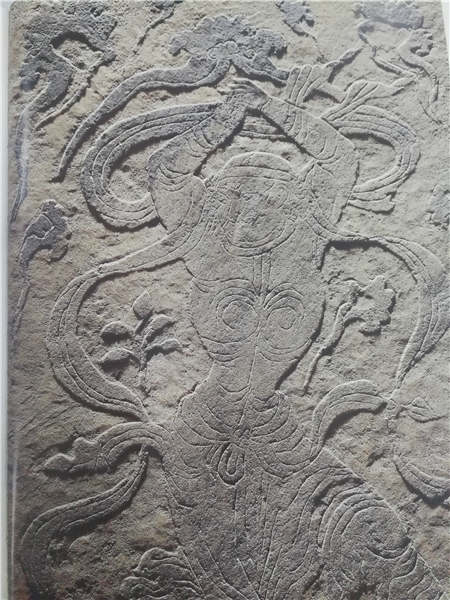
Sogdian elements were introduced into the final resting place of their contemporary Chinese, not only in the forms of ceramic sculptures and murals.
"The Sogdians were cast not only as servants and entertainers, but also as retinues and protectors," Mao says, referring to a clay sculpture that used to guard the entrance to a Tang Dynasty tomb in Xi'an.
The tomb guards, indispensable for ancient Chinese burial grounds, usually took their images from ferocious animals, real or mythical. But this particular one has the pricked ears of a horse, the spiky wings of a unicorn, the stout legs of a lion and the fierce face of a Sogdian man.
We should not be surprised, says Sun Ji, a Chinese historian.
"Long under the rule of Xiongnu, the Sogdians themselves, although vulnerable in a way, also developed a tough side."
Needless to say, the long journey they took, often under unpredictable circumstances, also helped to inject a dose of hardiness into the Sogdian blood.
Thus came another profession of the Sogdians: to serve as mercenary soldiers among foreign troops, including that of Tang. And with deepened influence the Sogdians exerted over the Chinese empire in the seventh and eighth centuries, their presence in the Tang army took on a new dimension during the reign of Emperor Xuanzong (685-762).
"That was when, after nearly a century after the founding of Tang in 618, the fighting capacity of its troops had greatly dwindled," Sun wrote in an article. "At some point it was suggested to the emperor that the introduction of Sogdians as not only ordinary soldiers but also generals might provide a solution."
The emperor took the advice, and a couple of decades after the death of An Pu his men were enjoying a higher political profile.
Among them was An Lushan, no relation to An Pu, a Sogdian general stationed in what is today northeastern China. Having won the total trust of Emperor Xuanzong and his beloved concubine Yang Yuhuan, An Lushan, who was given more military power than any of his Sogdian predecessors, rebelled. One direct result was Xuanzong's fleeing from his royal palaces in Xi'an, palaces later sacked by the rebel troops. Another was the forced suicide of Yang during their escape, by angry soldiers who accused her of having fostered nepotism and misled the emperor.
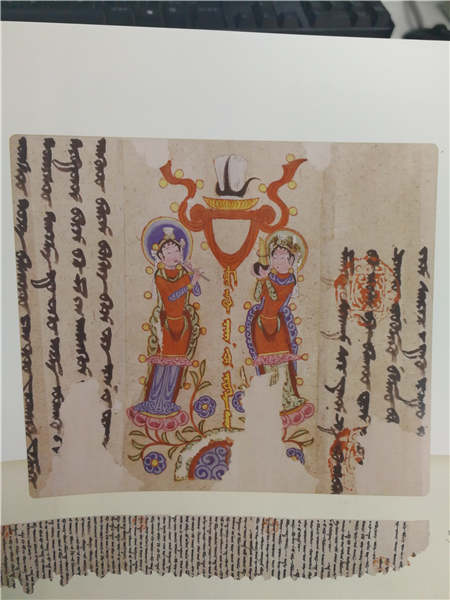
The rebellions - another erupted soon after - were not completely put down until 763. Part of the blame was placed on the Sogdians, whose signature leaps and twirls, once part of Tang's dance routines, were now viewed as a deluding force.
This was not totally unjustified. An Lushan, a good dancer despite his plumpness, was believed to have first swirled himself into the favor of Yang Yuhuan, herself well-versed in dance and music. Meanwhile, Emperor Xuanzong, the self-proclaimed king of music, had taken under his personal tutelage more than a few Sogdian artists.
Forever gone was all the confidence and optimism associated with a golden era in Chinese history, and an openness that was a byproduct of that confidence.
At one time the Sogdians, after staying in China for more than three years, could officially register as Tang citizens. Some became court officials, their elevated status mirrored by the resplendent funerary objects filling their tombs.
However, not everyone was affected, Mao says.
"By the time people changed their attitude, many Sogdians had been living in China for so long - some were second - or even third-generation immigrants - that they had long stopped feeling like foreigners. The backlash sent little ripples across the local Sogdian community, although trade along the Silk Road did wane."
An Pu and his son An Jinzang were lucky enough not having to live through all this. The son, a court musician who served the crown prince during the reign of Empress Wu Zetian (624-705), the only female monarch in Chinese history, earned himself a page in the annals of Tang, through a rare act of loyalty.
According to historical record, the empress, after receiving secret report that her son, the crown prince, was plotting against her, ordered an investigation. All who were close to the prince were thrown into torture chambers where confessions were extracted
An Jinzang was not immune. But he did not flinch. Instead, he cut his own abdomen with a knife, shouting to his investigator: "Let my heart prove what my words cannot."
However, he did not die. The empress, deeply shocked, ordered prompt treatment for him and the immediate closure of the case.
The crown prince later became emperor and was succeeded by his son, Emperor Xuanzong, during whose reign the rebellions took place. An Jinzang, for his part, lived a long life and died in 731, having made a nobleman by the grateful father and son.
"His story reads more like a martyr than a merchant or mercenary," Mao says.


